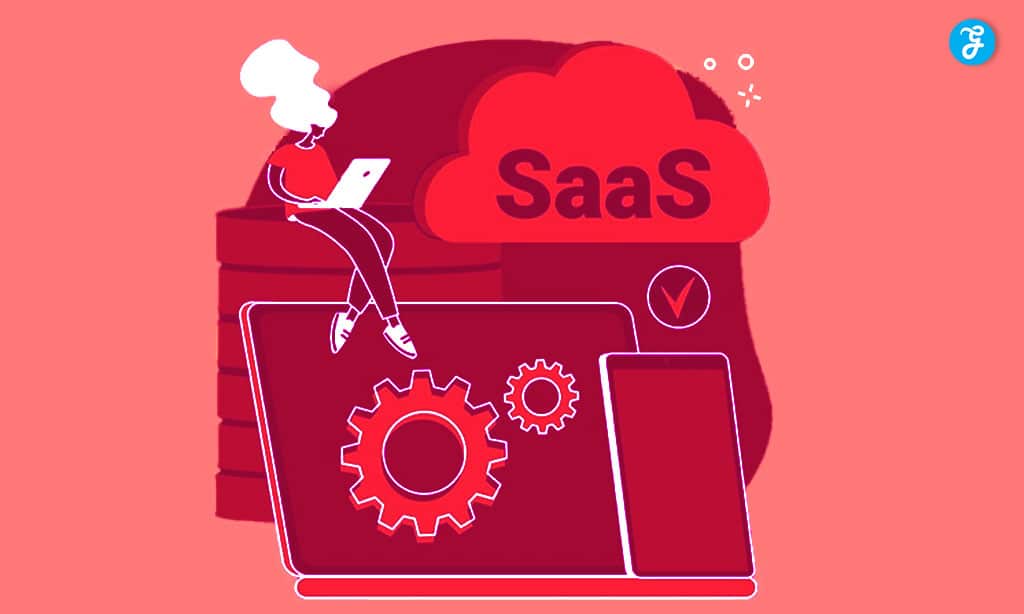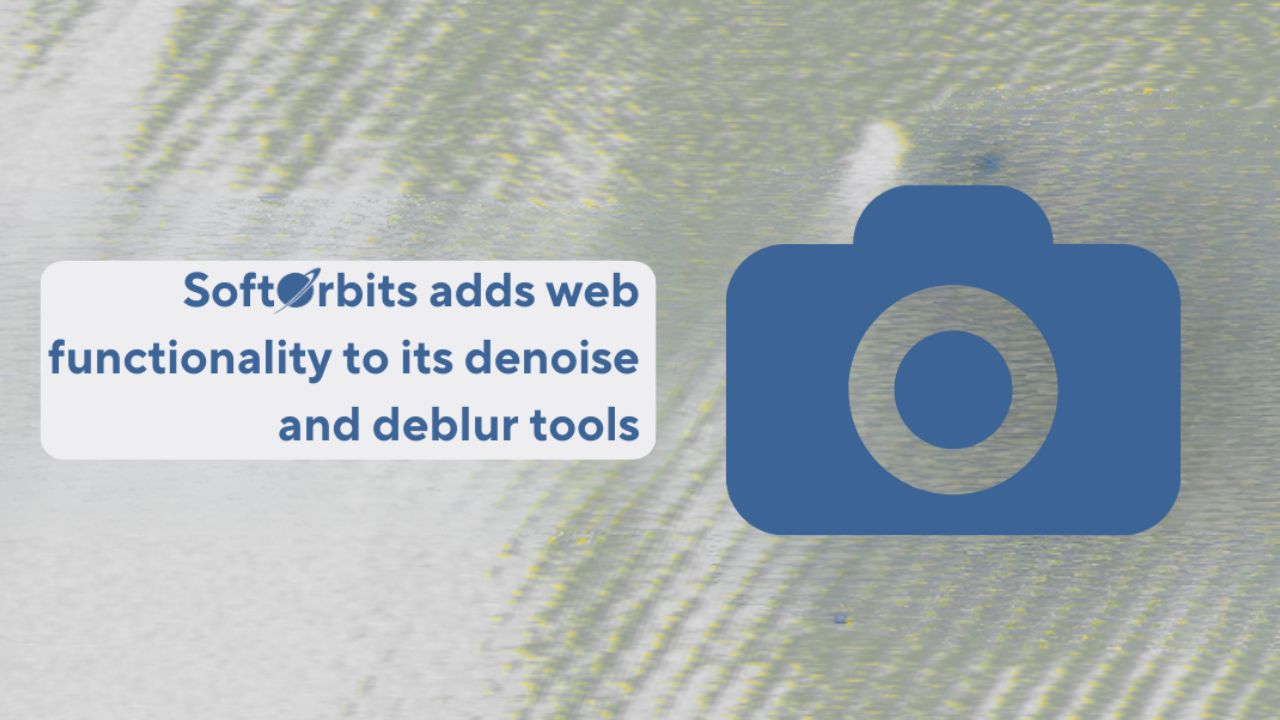SaaS companies face many challenges in today’s fast-paced tech world. From tough competition to changing customer needs, these businesses must stay on their toes to succeed.
The biggest challenges for SaaS companies include finding new customers, keeping current users happy, and standing out in a crowded market.
You might wonder how SaaS companies can overcome these hurdles. There are ways to tackle these issues and come out stronger.
By understanding these challenges and learning from others’ experiences, SaaS businesses can find smart solutions. This article will explore the top 10 challenges SaaS companies face and offer practical tips to help them thrive.
1. Customer Retention
Keeping customers is a big problem for SaaS companies. Many struggle to keep users after they sign up. This can hurt your business growth and profits.
Why do customers leave? Sometimes they find the product hard to use. Other times, they don’t see enough value. Or they might find a better option elsewhere.
How can you fix this? Start by making your product easy to use. Create helpful guides and tutorials. Make sure new users can quickly see the benefits.
Listen to your customers. Ask for feedback often. Use surveys and track how people use your product. This helps you spot problems early.
Give great customer support. Answer questions fast. Solve issues quickly. Happy customers are more likely to stay.
Keep improving your product. Add new features that users want. Fix bugs quickly. Show customers you’re always working to make things better.
Offer personalized experiences. Use data to understand each customer’s needs. Send targeted messages and offers. Make users feel valued.
Create a loyalty program. Reward long-term customers with special perks or discounts. This can encourage people to stick around.
Build a community around your product. Host events or forums where users can connect. This creates a sense of belonging that keeps people engaged.
Remember, it’s cheaper to keep current customers than find new ones. Focus on retention to grow your SaaS business.
2. Scalability
Growing your SaaS business can be tough. As more customers sign up, you need to make sure your software can handle the load. This means having the right tech setup to support more users and data.
You might face slow loading times or crashes if your system can’t keep up. This can frustrate customers and damage your reputation. To avoid these issues, you need to plan ahead.
One way to scale is by using cloud services. These let you add more power as needed. You can also break your software into smaller parts. This makes it easier to update and manage.
Testing is key. You should regularly check how your system performs under pressure. This helps you spot problems before they affect users.
Don’t forget about your team. As you grow, you’ll need more people to support customers and develop new features. Make sure you have plans to hire and train new staff.
Scalability also means keeping your costs in check. Look for ways to automate tasks and streamline processes. This can help you grow without breaking the bank.
3. Data Security
Data security is a major challenge for SaaS companies. You need to protect your customers’ sensitive information from cyber threats and data breaches.
Hackers are always looking for ways to exploit vulnerabilities in SaaS platforms. A single breach can damage your reputation and lead to big financial losses.
To improve data security, you should use strong encryption for data in transit and at rest. Implement multi-factor authentication to add an extra layer of protection.
Regular security audits help identify and fix weak points in your system. Train your employees on best practices for handling sensitive data.
Having a clear incident response plan is crucial. It helps you act quickly if a breach occurs. Make sure to comply with data protection regulations like GDPR.
Backing up data regularly protects against accidental loss or malicious deletion. Use secure cloud storage solutions with redundancy across multiple locations.
Be transparent with customers about your security measures. This builds trust and shows you take their data protection seriously.
4. Pricing Strategies
Setting the right price for your SaaS product can be tricky. You want to make money, but you also need to stay competitive. Many companies struggle with this balance.
One common mistake is pricing too low. You might think this will attract more customers, but it can hurt your profits in the long run. On the flip side, pricing too high can scare potential buyers away.
So what can you do? Start by looking at your costs. Figure out how much it takes to make and support your product. This gives you a baseline for pricing.
Next, check out what your competitors are charging. This helps you understand the market rate. But don’t just copy their prices. Think about what makes your product unique.
Consider offering different pricing tiers. This lets customers choose the plan that fits their needs and budget. You could have a basic plan, a mid-level plan, and a premium plan.
Don’t forget about free trials or freemium models. These can help people try your product before they buy. Just make sure you have a clear path for converting free users to paid customers.
Remember, your pricing isn’t set in stone. Be ready to adjust based on customer feedback and market changes. Keep an eye on your sales and be willing to experiment.
5. Market Saturation
The SaaS industry is getting crowded. New companies keep popping up, making it harder to stand out. You might feel like there’s an app for everything already.
How can you overcome this challenge? Focus on what makes your product unique. Find a specific niche or problem to solve. Don’t try to be everything for everyone.
Improve your marketing efforts. Show potential customers why your solution is better than the rest. Use targeted ads and content to reach the right people.
Listen to your customers. What do they need that other products aren’t providing? Use this feedback to improve and differentiate your offering.
Consider partnering with other companies. This can help you reach new markets and add value to your product. Look for businesses that complement yours, not direct competitors.
Stay innovative. Keep improving your product and adding new features. This helps you stay ahead of the competition and gives customers reasons to choose you.
Build strong relationships with your existing customers. Happy users are more likely to stick with you and recommend your product to others. This word-of-mouth marketing is powerful in a crowded market.
6. User Onboarding
Getting new users started with your SaaS product can be tricky. Many people give up if they find it too hard to use your software right away.
Good onboarding helps users see the value of your product quickly. It guides them through key features and shows how to use them. This makes users more likely to stick around and keep paying for your service.
One way to improve onboarding is with interactive tutorials. These walk users through important tasks step-by-step. You can also use progress bars to show users how far they’ve come in setting up their account.
Video demos are another helpful tool. Short clips can explain features better than just text. You might offer a mix of videos and written guides to suit different learning styles.
Personalized onboarding can make a big difference. Ask users about their goals when they sign up. Then show them the parts of your product that fit those needs best.
Remember to keep things simple. Don’t overwhelm new users with too much information at once. Focus on the most important features first.
Consider using a checklist for new users. This gives them clear steps to follow and a sense of progress. People like to complete tasks, so this can encourage them to fully set up their account.
Tracking how users move through your onboarding process is key. Look for spots where many people get stuck or give up. Then you can fix those problem areas to keep more customers.
7. Customer Support
Providing excellent customer support is crucial for SaaS companies. You need to help users quickly when they have problems or questions.
Fast response times are key. Customers expect answers within minutes, not hours or days. Set up live chat and email support to handle queries promptly.
Train your support team well. They should know your product inside and out. This helps them solve issues faster and more effectively.
Create a knowledge base with common questions and solutions. This lets customers find answers on their own. It also reduces the load on your support team.
Use customer feedback to improve your product. Pay attention to common issues users report. Fix bugs and add features based on what customers actually need.
Offer multiple support channels. Some users prefer email, while others like phone or social media. Be available where your customers are.
Personalize your support as much as possible. Use customer data to provide tailored help. This makes users feel valued and understood.
Measure your support team’s performance. Track metrics like resolution time and customer satisfaction. Use this data to keep improving your service.
8. Regulatory Compliance
SaaS companies face a big challenge in following laws and rules. You need to obey many regulations to protect user data and privacy. These rules can change often, making it hard to keep up.
Different countries have their own laws about data. You must know and follow them all if you do business globally. This can be tricky and time-consuming.
To handle this challenge, you should:
- Stay informed about new laws
- Use tools that help track compliance
- Train your team on privacy rules
- Work with legal experts when needed
By taking these steps, you can avoid fines and keep your customers’ trust. It’s key to make compliance a top priority in your company.
Remember, following the rules isn’t just about avoiding trouble. It shows you care about your users’ privacy and security. This can give you an edge over competitors who don’t take it as seriously.
9. Churn Rate Management
Churn rate is a big problem for SaaS companies. It shows how many customers stop using your service over time. A high churn rate can really hurt your business.
The average churn rate for SaaS companies is about 5% per year. But you should aim for 3% or less. For smaller companies, monthly churn might be up to 5%.
To lower your churn rate, make sure customers get real value from your product. If they don’t see benefits, they’ll leave. Keep checking in with users to see if they’re happy.
Offer great customer support. Quick, helpful responses can keep people from quitting when they have problems. Train your team to solve issues fast.
Look at why customers leave. Is your product hard to use? Are there missing features? Use this info to make your service better.
Consider offering longer contracts or discounts for longer commitments. This can help keep customers around longer. But make sure the value is there to back it up.
Personalize the user experience. Use data to give each customer what they need. This makes your service feel more valuable to them.
By focusing on these areas, you can fight churn and keep more of your customers happy and loyal.
10. Integration with Other Tools
SaaS companies often face challenges when trying to connect their products with other software. This can make it hard for customers to use your tool alongside their existing systems.
To tackle this issue, you need to build strong APIs. These allow your software to talk to other programs easily. Make sure your APIs are well-documented and easy for developers to use.
You should also look into creating pre-built integrations with popular tools. This saves your customers time and effort. They won’t need to figure out how to connect everything themselves.
It’s important to stay up-to-date with new technologies. The software world changes fast. You need to be ready to adapt your integration methods as new standards emerge.
Consider partnering with other SaaS companies. This can lead to mutually beneficial integrations. It can also help you reach new customers who use your partners’ products.
Remember to test your integrations thoroughly. Bugs or errors can frustrate users and damage your reputation. Regular testing helps catch problems early.
Understanding Customer Churn
Customer churn is a big problem for SaaS companies. It happens when customers stop using your product. Knowing why customers leave and how to keep them is key to success.
Identifying Root Causes
Why do customers leave? There are many reasons. Poor product quality is a common one. If your software has bugs or doesn’t work well, people will stop using it. Bad customer service is another issue. When users can’t get help, they get frustrated and leave.
Price can also drive customers away. If your product costs too much or doesn’t offer enough value, users may switch to a cheaper option. Lack of features is another problem. Your software needs to keep up with user needs and market trends.
Sometimes, customers leave because they don’t know how to use your product fully. This is often due to poor onboarding or lack of training resources.
Implementing Retention Strategies
To keep customers, focus on making them happy. Improve your product based on user feedback. Fix bugs quickly and add useful features regularly. Make sure your software is easy to use and solves real problems for your customers.
Offer great customer support. Respond to issues fast and be helpful. Create clear guides and tutorials to help users get the most out of your product. Consider adding a knowledge base or community forum where users can find answers.
Build strong relationships with your customers. Send personalized emails and check in regularly. Ask for feedback and show that you value their input. Offer loyalty rewards or discounts to long-term users.
Analyze user behavior to spot signs of potential churn. If you see a customer using your product less, reach out to them. Try to understand why and offer solutions to keep them engaged.
Scaling Infrastructure Effectively
Growing SaaS companies face the challenge of expanding their infrastructure to meet rising demand. Effective scaling requires balancing performance, reliability, and costs.
Managing Increased Demand
As your user base grows, your infrastructure needs to keep up. Start by monitoring key metrics like server load and response times. This helps you spot bottlenecks before they become problems.
Consider using cloud services that let you scale resources up or down quickly. Auto-scaling features can add servers automatically during traffic spikes. This ensures your app stays responsive even during busy periods.
Implement caching to reduce database load and speed up common requests. Content delivery networks (CDNs) can also help by serving static content from servers closer to users.
Don’t forget about your database. As data grows, you might need to switch to a distributed database or implement sharding to spread the load across multiple servers.
Cost-Efficiency Techniques
Scaling doesn’t have to break the bank. Start by right-sizing your resources. Many companies overprovision, wasting money on unused capacity. Regular audits can help you adjust resources to match actual needs.
Use spot instances for non-critical workloads. These offer big discounts but can be interrupted, so they’re best for tasks that can be easily restarted.
Consider containerization with tools like Docker. This lets you run more apps on each server, improving resource utilization.
Implement a robust monitoring system to catch and fix inefficiencies quickly. Look for opportunities to optimize code and database queries. Small improvements can add up to big savings at scale.
Remember to negotiate with your cloud provider. As your usage grows, you may qualify for volume discounts or committed-use contracts that can significantly reduce costs.
Ensuring Data Security and Compliance
SaaS companies face big risks when it comes to keeping data safe and following rules. They need to protect against threats and meet strict laws.
Common Security Threats
Data breaches can hurt SaaS companies badly. Hackers might try to steal customer info or company secrets. To stop this, firms should use strong passwords and two-factor login. They should also train staff on security best practices.
Malware is another big danger. It can infect systems and cause lots of damage. Good antivirus software and regular updates help prevent malware attacks. Companies should also back up data often in case something goes wrong.
Insider threats are a growing problem too. Sometimes employees misuse data by accident or on purpose. To fix this, limit who can see sensitive info. Use monitoring tools to spot weird behavior.
Regulatory Compliance
Following data laws is a must for SaaS companies. Rules like GDPR in Europe and CCPA in California protect user privacy. Firms need to know which laws apply to them based on where they work.
To stay compliant, companies should:
- Get clear consent before collecting user data
- Tell users how their info will be used
- Let people see and delete their data if they want
- Keep records of how data is handled
Regular audits help make sure you’re following the rules. It’s smart to have a team or person in charge of compliance. They can keep track of changing laws and update practices as needed.
Takeaway
Overcoming the challenges in the SaaS industry is tough but doable. By focusing on customer retention, scalability, and data security, your company can thrive.
Keep improving your product, listen to customer feedback, and stay adaptable to industry changes. Remember, challenges are opportunities to grow.
With the right approach, you can build a successful SaaS business that’s ready for anything.










































